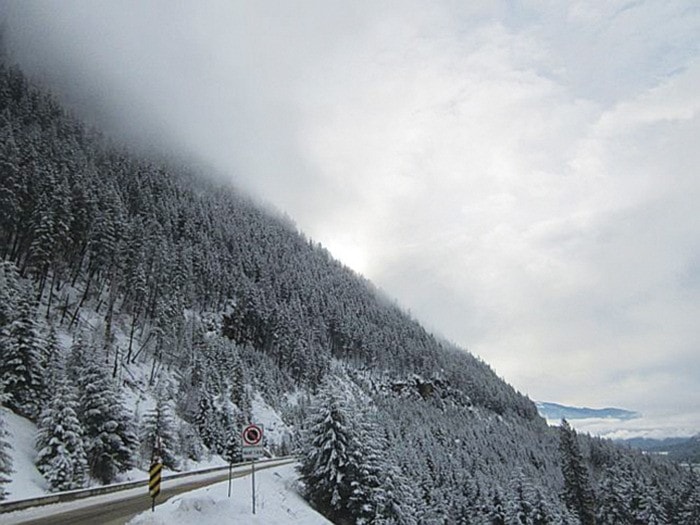The Slocan Fire Department is ready to provide high angle/technical rescue and low slope rescue services having received approval from the Regional District of the Central Kootenay this month.
Inspired by the local terrain, members took a rope rescue course for high angle and low slope in June 2013. Last fall three members took the tower course. Now in possession of the certified training and the necessary equipment, it will enable them to use ropes and harnesses when performing rescues. Slocan fire chief John Gates said, “A grant from the Slocan Valley Legion helped out quite a bit as did a grant from the Columbia Basin Trust, so we have a full complement of gear.”
The equipment includes four harnesses and helmets, carabiners, ropes, a multi-purpose vehicle, mechanical pulleys, and a Capstan winch.
A fatal accident at Cape Horn in January 2013 in which a truck went 100 metres down an embankment motivated the fire department to request permission to offer the service officially said Gates. While the couple in the vehicle were killed in the fiery crash, the blaze still needed to be extinguished.
“My people were sliding down the slope to put out the fire,” he said.
“We haven’t responded to any rope rescue [calls] as we have not had the authority. Until now, we handled it as best we could,” said Gates.
At times that meant accessing fires and medical emergencies through alternate roads and routes.
Gates said the department receives 50 to 60 calls per year, of which at least 80 per cent are medical.
“We are also first responders fully trained in CPR, etc. We’re the only medical unit in Slocan.”
While all structural fire departments have fall protection for roof top access, “this is different than a 500 foot cliff,” said Gates.
Technical rope rescue means firefighters are attached to two ropes and have ascending and descending capabilities.
The department has four rescue ropes and harnesses but optimally it would like to have a set of nine.
“I think being a technical rescue unit is good; it’s not reinventing the wheel, we’re not duplicating services as the Passmore Fire Department is going for swiftwater rescue (training) and the Winlaw Fire Department covers the highways with extraction equipment such as Jaws of Life.”
RDCK fire chief Terry Swan echoed Gates. He said each of the four fire departments in the area have a specialty service for which they have managed to train and offer in their regular budget.
“It’s a very good way to share the cost with no impact on the taxation,” said Swan.
Without skipping a beat, Gates is already looking ahead. “Our next focus is a boat for the [Slocan] lake as right now there is only one boat to cover the entire lake. It’s out of New Denver and it would take about an hour for the boat to get to the south end of the lake,” he said.
The plan is for members to take the flat water rescue training to cover the south end of Slocan Lake. Gates plans to find the funds through grants as was done for the technical rescue training and equipment.
The Slocan Fire department is 100 per cent volunteer with 22 members, which includes three junior members who can participate in training activities.
